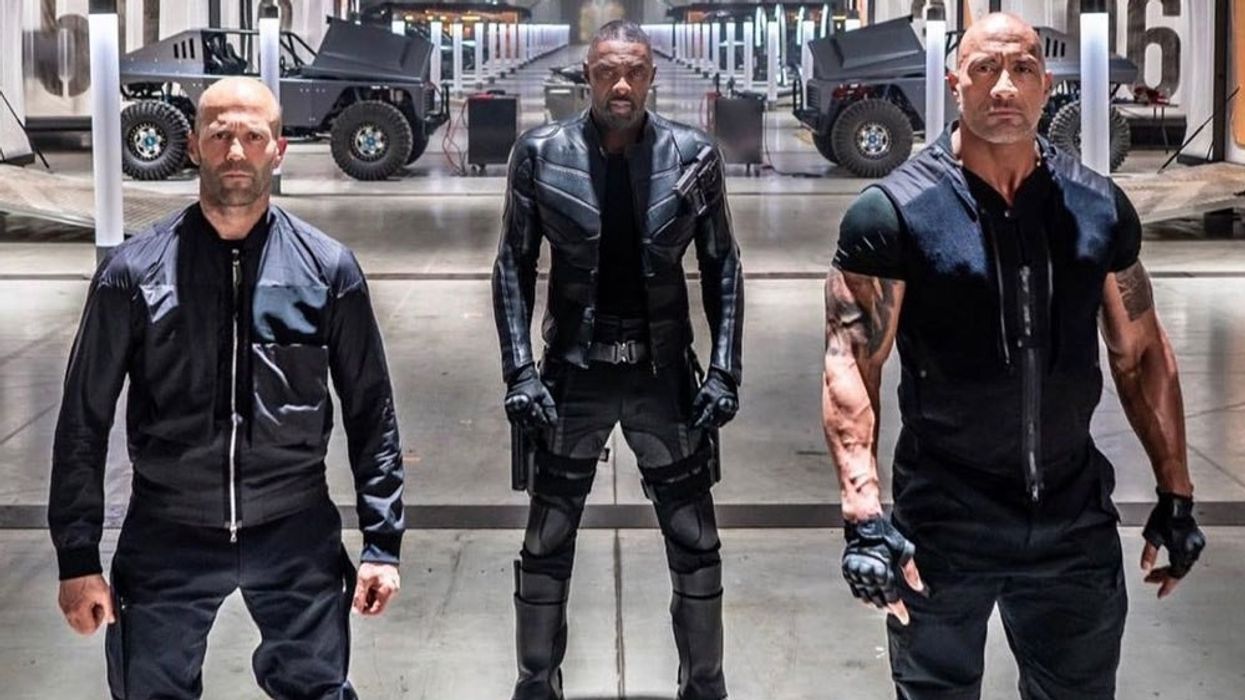What the 'Fast and Furious' Producers Do to Make Their Stars Look Good Sounds Insane
If you ever get the chance to work with major talent, you might have to worry if they look like wimps.

It's not a new phenomenon. Celebrities often make outrageous requests in their riders so that everything is just right for them on set or on tour.
This posturing isn't even a new thing within The Fast and the Furious franchise, where stars have butted heads for years over screentime and billing. Stars Vin Diesel and Dwayne Johnson have had a fairly public feud that's been going on for years. Even now, Johnson is still not attached to the Furious 9 sequel, and costar Tyrese Gibson blames Johnson for delaying the film's start.
But the in-fighting gets even more ridiculous, we've learned.

This request has been taken so seriously, WSJ says, that Diesel at one turn even tried to create a "point system" to determine how many hits and what kinds were landing on his character. But this needless scorekeeping was of course ludicrous and overly complicated, so it was eventually abandoned.
The report continues:
According to producers and crew members on the films, Mr. Statham, 51 years old, negotiated an agreement with the studio that limits how badly he can be beaten up on screen. Mr. Diesel, 52, has his younger sister, a producer on the films, police the number of punches he takes. And Mr. Johnson, 47, enlists producers, editors and fight coordinators to help make sure he always gives as good as he gets.
Diesel's sister is producer Samantha Vincent, who keeps tabs on editors and rehearsals. She is quoted as telling someone on set, “[Diesel is] falling down right here. Is he going to get his licks back in?”

And, it appears, everyone on set -- from producers to editors to fight coordinators -- are catering to these demands.
Producer Michael Fottrell confirmed this to WSJ, saying that the fight choreography is tailored so that every character looks his best.
"Each Fast character is a hero to someone watching, and we never forget that,” a Universal spokesperson told WSJ.
“He’s falling down right here. Is he going to get his licks back in?”
For aspiring filmmakers, I suppose the lesson here is to be aware of this culture and what some might view as the necessary maintenance of your talent's egos.
At the very least, it will force you as a storyteller, editor, or choreographer to think creatively around new obstacles, which will probably result in some unique action sequences.
Hobbs & Shaw, the franchise's first spinoff, comes out today.
Source: The Wall Street Journal











